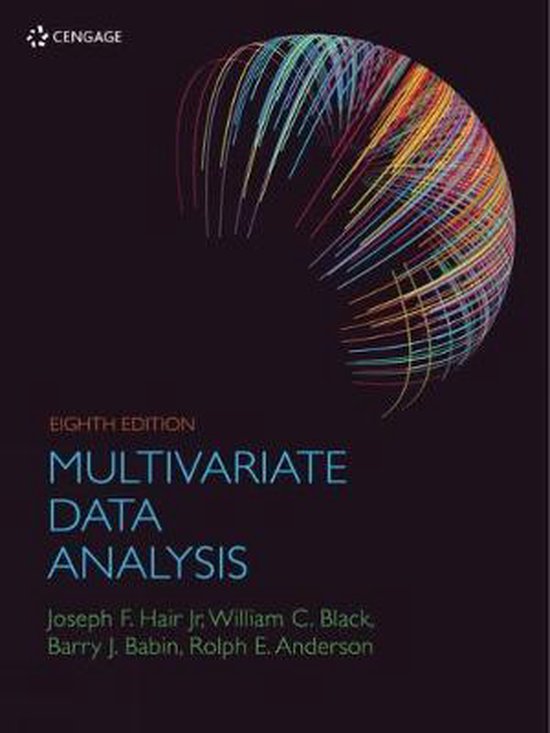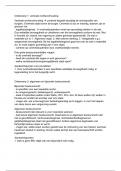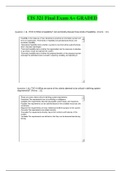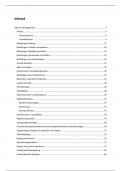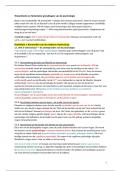Samenvatting
Total Summary MMSR: lectures, chapters of Hair and article (grade: 8)
This document contains all the Hair chapters needed for the exam, very detailed written down and highlighted what is important. Article of Henseler, Hubona & Ray (2016) is summarized as well. All the lectures are added along the chapters to make it complete. Each chapter shows all the steps that ...
[Meer zien]


